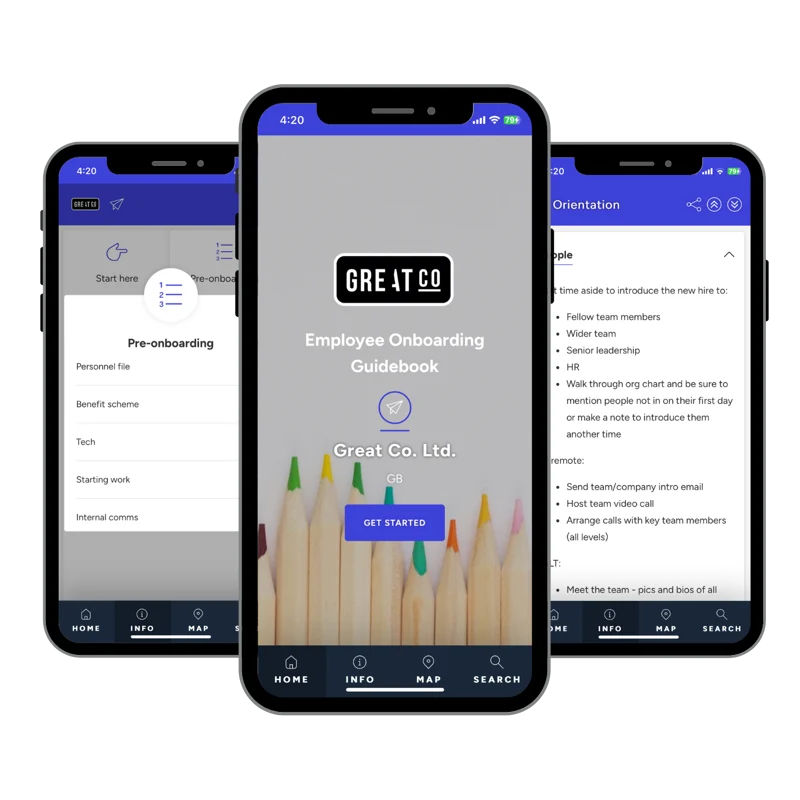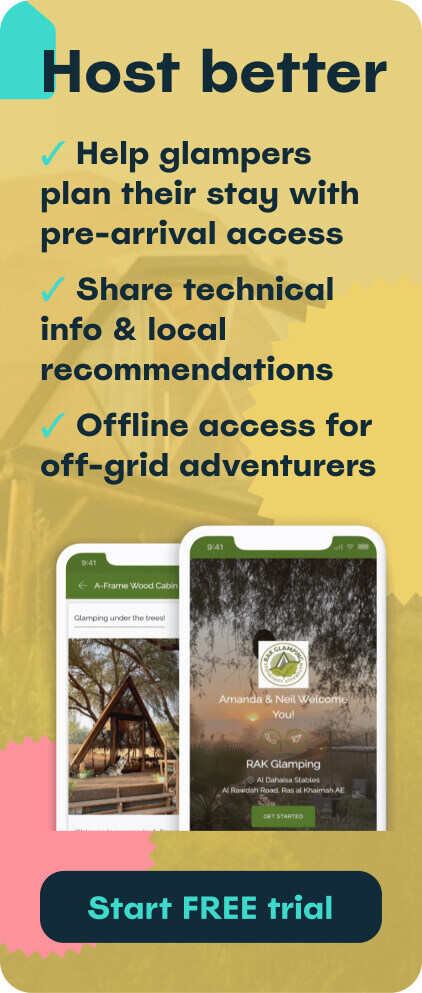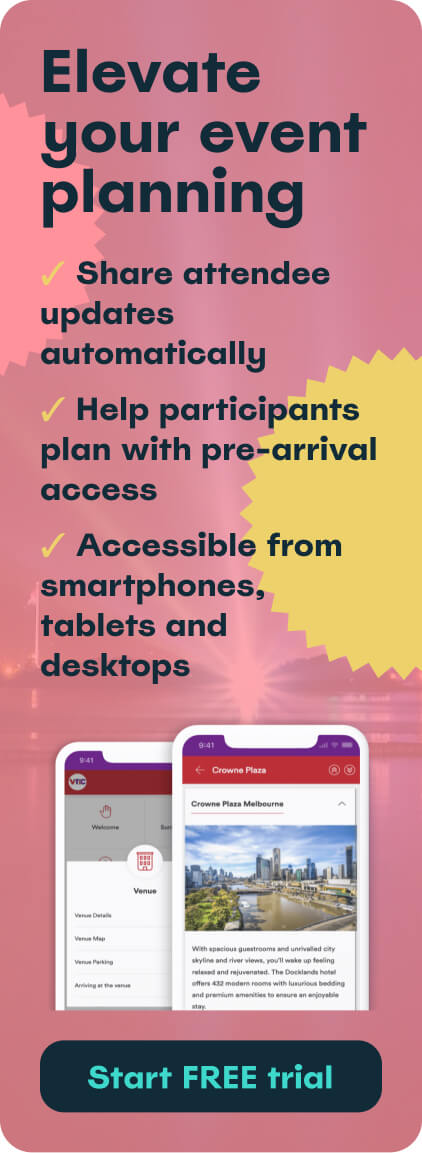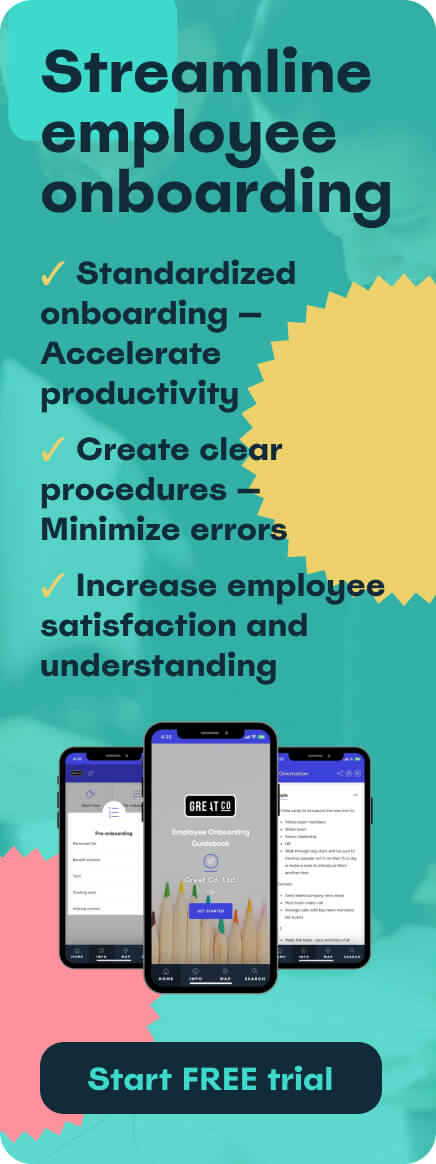The success of any digital marketing agency hinges on its ability to deliver results. But before you can even launch the first campaign, you must navigate the crucial initial phase: client onboarding. A poorly executed onboarding experience can sour a relationship before it even begins, leading to misaligned expectations, constant back-and-forth questions and early churn. Conversely, a slick, professional and organised digital marketing onboarding process sets the stage for a long-term, profitable partnership.
In this guide, we break down the definitive eight steps that will transform your client intake, reduce administrative friction and allow your team to move to the work that matters most – delivering value. This process is your comprehensive checklist for achieving seamless and successful marketing client onboarding.
Here is a breakdown of the essential steps we will cover:
- What is client onboarding for marketing agencies?
- Why is onboarding important for marketing agencies?
- The 8-step digital marketing onboarding process
- Final thoughts
- Frequently asked questions
Ready to simplify your marketing onboarding process?
What is client onboarding for marketing agencies?
Client onboarding for marketing agencies is the structured, formal process of integrating a new client into your agency's working model. It begins the moment a contract is signed and ends when the client is fully settled and your project team is ready to begin work.
More than just collecting a deposit and signing paperwork, the marketing onboarding phase involves the transfer of essential information, the setting up of accounts and access permissions, the introduction of key personnel and, most importantly, the establishment of clear, shared expectations. The goal is to move the client from 'prospect' to 'partner' with minimal confusion and maximum efficiency. It is the foundation upon which all future collaboration and campaign performance will be built.
💡 Pro tip: discover more with our guide: what is employee onboarding
Why is onboarding important for marketing agencies?
In digital marketing, time is money and client retention is the ultimate measure of success. Investing in a robust digital marketing client onboarding process provides immediate and long-term benefits:
- It establishes authority and trust: the initial days of a new relationship are critical. A well-oiled, systematic onboarding process demonstrates professionalism and competence, immediately validating the client’s decision to hire you.
- It reduces administrative overheads: without a formal structure, every new client intake becomes a chaotic, one-off event. Team members waste hours asking the same questions, chasing basic information and manually setting up accounts.
- It minimises friction and questions (the "where do I find that?" problem): one of the biggest drains on team productivity is the constant stream of basic, repetitive questions from new clients, eg. “Where is the reporting dashboard?”, “Who do I talk to about a billing question?”, “What’s our social media strategy again?”
- It improves client retention: the primary reason a client leaves an agency is not always poor campaign performance, but often poor communication and a lack of perceived value.
The 8-step digital marketing onboarding process
Ready to transform your client relationships? Here is the definitive 8-step framework to perfect your digital marketing onboarding process, ensuring every new client begins their journey with you feeling informed, excited and ready for success.
Step 1: Gather information about your client
Before you can create a single piece of content or target an ad, you need to become intimately familiar with the client's business, goals and history. This is the discovery phase and it should be meticulous.
Checklist:
- The discovery interview: schedule a dedicated kick-off call. Do not use this call to sell or to pitch. Use it solely to listen.
- Access credentials: secure all necessary platform access (e.g., website CMS, Google Analytics, Google Ads, social media accounts, CRM). Use secure, temporary passwords where possible and store them safely.
- Brand assets: collect logos, brand guidelines, style guides, preferred image libraries and any existing marketing collateral.
- Past performance data: obtain historical data on previous marketing efforts, successes and failures. This is vital for benchmarking and ensuring you do not repeat past mistakes.
- Business objectives: clearly define the client's overarching business goals for the next 6-12 months. Your marketing goals must align directly with these.
Step 2: Assign a dedicated account or project manager
Clients often feel lost when they have to speak to a different person for every issue (reporting, billing, strategy, etc.). Designate a single point of contact (SPOC), for example, the Account Manager (AM) or Project Manager (PM) who will be the client’s guide and main communicator.
This individual is responsible for navigating the client through the entire marketing onboarding process, coordinating internal teams, managing communication channels and ensuring all deadlines are met. This step humanises your agency and provides a crucial sense of stability and responsiveness for the client.
Step 3: Provide comprehensive onboarding documentation
This is where agencies often fall short. They gather all the information in Steps 1 and 2, but fail to clearly communicate the rules of engagement and who does what back to the client. The client needs a single, easily accessible and beautifully designed resource that serves as their digital marketing client onboarding guide.
This comprehensive guide should include:
- A welcome message and introduction to the agency's mission
- The overall campaign strategy and timeline
- Team introductions (names, roles, contact details)
- Your agency’s standard operating procedures (SOPs) for feedback, revisions and approvals
- A directory of frequently asked questions (FAQs) and their answers
- Instructions on how to access reporting dashboards and what the key metrics mean
The Touch Stay solution for documentation
Traditional methods like massive PDF attachments or shared-but-clunky Google Docs often fail to engage and quickly become outdated. This is where a digital guidebook solution like Touch Stay is indispensable. Touch Stay’s digital guidebooks are now the ultimate tool for elevated customer and client onboarding across any industry.
Touch Stay allows you to create a branded, mobile-friendly and simple-to-navigate digital guidebook that instantly becomes the single, dynamic source of truth for your client. Instead of sending a document, you share a link. When you update an SOP or change a team member, the client sees the update immediately, eliminating the risk of them using outdated information.
By proactively answering questions within the digital guidebook, you save hours of repetitive email correspondence. The result? A professional, elevated client experience that demonstrates your commitment to clarity and efficiency.

Ready to ditch the cumbersome PDF and offer a five-star onboarding experience?
Step 4: Introduce the project team
While the Account Manager is the client’s main contact, it is beneficial for the client to know the core members of the team who will be working on their account, particularly the strategist, the creative lead, or the lead specialist.
Why this matters:
- Team buy-in: it puts names and faces to the roles, making the working relationship feel more personal.
- Expertise recognition: it showcases the depth of expertise the client is investing in.
- Clarity of function: It helps the client understand who is responsible for what, even if all formal communication must flow through the AM/PM (Step 2).
Keep the introductions concise and focused on their relevant contribution to the client’s goals.
Step 5: Set up and secure essential tools and software
Seamless integration with the client's tech stack is a non-negotiable step in the marketing client onboarding process. This phase is about actioning the access permissions collected in Step 1.
Key actions:
- Internal tool configuration: add the client to your internal project management tools (e.g., Asana, ClickUp, etc.) and ensure they have a dedicated workspace.
- External access testing: verify all access credentials for third-party platforms (Analytics, Ads, CRM, etc.) and test them to ensure they are fully functional.
- Reporting dashboard activation: set up the client’s customised reporting dashboard, ensuring all relevant KPIs are being pulled correctly and are ready for the first report.
- Communication channels: establish the primary and secondary channels for communication. Crucially, document these channels clearly in your onboarding guide (Step 3).
Step 6: Align on expectations and success metrics
This is the most critical step for managing the long-term relationship. Misaligned expectations are the top cause of client unhappiness and churn. You must jointly define what ‘success’ looks like, how it will be measured and the realistic timeline for achieving it.
The alignment meeting:
- Review goals: reconfirm the client's business goals and explicitly link them to your agency's marketing objectives (eg., Business goal: Increase Q3 Revenue by 10%. Marketing objective: Increase qualified leads by 15% via paid social).
- Define KPIs: agree on the Key Performance Indicators (KPIs) that will be used to measure progress, focusing on a few core metrics rather than drowning the client in data.
- Set realistic timelines: clearly communicate the ramp-up period for campaigns, acknowledging that digital marketing onboarding itself can take time and results rarely appear instantly.
- Outline deliverables: detail what the client will receive (eg. 'One blog post per week,' 'Two social media reports per month,' 'Monthly strategy call'). Be specific to avoid ambiguity.
Step 7: Request client feedback early
Do not wait until the 3-month mark to find out the client is dissatisfied with the communication style or the quality of the initial work. Implement a formal feedback loop during the onboarding phase, ideally within the first 30 days.
This is not just about gathering a testimonial; it’s about course correction. A brief, anonymous (if preferred) survey focusing on the onboarding experience (communication clarity, documentation quality and team responsiveness) shows the client that their opinion is valued and that you are committed to making the partnership work for them.
Step 8: Provide regular updates and reporting
The end of the formal digital marketing onboarding process smoothly transitions into the ongoing reporting process. The client should never have to chase you for updates. Establish a predictable cadence for communication.
Your reporting cadence checklist:
- Weekly quick check-in: a brief email outlining top priorities for the week and any immediate needs from the client.
- Monthly performance review: a dedicated meeting to review the established KPIs (from Step 6), discuss strategy adjustments and review the reporting dashboard.
- Quarterly business review (QBR): a high-level, strategic meeting focusing on the big picture, the progress towards annual goals and planning for the next quarter.
Ensure your reporting is visual, easy to understand and focuses on the why behind the numbers, not just the what.
Final thoughts
The digital marketing onboarding process is more than just a formality; it is your agency’s first impression, a non-negotiable step towards efficiency and a powerful tool for client retention. A rigorous, well-defined process reduces the administrative burden on your team while demonstrating supreme competence to your new partner.
By structuring your intake, dedicating clear points of contact and providing elegant, easy-to-digest documentation using a tool like Touch Stay, you transform what is often a painful administrative necessity into an elevated client experience. Stop getting bogged down in endless emails answering basic questions and start focusing on delivering the results your clients hired you for.
Simplify your intake and elevate your client experience!
Frequently asked questions
The duration of the marketing onboarding process depends entirely on the scope of work and the client’s responsiveness, but typically it should take between two and four weeks. The goal is to move quickly without sacrificing thoroughness. Week 1 should focus on data gathering and access provision (Steps 1 & 5). Weeks 2-4 involve internal setup, strategy finalisation and the comprehensive kick-off meeting (Steps 2, 4, & 6). The more automated and clearly documented your process is (see Step 3), the faster you can compress this timeline, allowing your team to start revenue-generating work sooner.
A complete digital marketing client onboarding package should move far beyond simple legal contracts. It must include:
- Welcome pack: an introduction to the agency, key team members and contact information.
- Strategy document: a detailed outline of the goals, scope and key performance indicators (KPIs).
- Standard Operating Procedures (SOPs): clear instructions on communication channels, the feedback/revision process and approval workflows.
- Reporting guide: a simple explanation of how to access and interpret the client’s reporting dashboard.
- FAQs/Troubleshooting: a section proactively answering common client queries about billing, delays, account security and more.
Using a digital guidebook ensures these documents are instantly accessible and perpetually up-to-date.
While every agency structure is different, the core team involved in the marketing client onboarding process should include:
- The sales/business development lead: to formally hand off the client and provide historical context.
- The account/project manager: the central coordinator and the client’s single point of contact (SPOC).
- The strategist/director: to participate in the kick-off meeting and align on Step 6's success metrics.
- Operations/admin staff: to handle contracts, billing and the setup of internal systems.
- The specialist/team lead: (eg., SEO, PPC, Social) to gather technical access and begin high-level strategic planning.
Common mistakes often derail the partnership before it can gain momentum:
- Lack of a SPOC: forcing the client to navigate a maze of departments and individuals, leading to frustration.
- Information overload: dumping dozens of unorganised documents or massive contracts on the client all at once.
- Ignoring expectations: failing to explicitly define what the agency is not responsible for, leading to scope creep and disappointment.
- Poor documentation: relying on static, confusing documents that are difficult to access, ensuring the client has to constantly email with basic questions.

Ned
Ned has clocked up over 11 years in digital marketing and comms, with a strong focus on creating engaging content for a range of brands and agencies. When he’s not writing, he can be found digging for records, peering through his telescope at the night sky, or onboard his local lifeboat where he volunteers as a crewmember.
Be the first to know!
Join our newsletter for early access to:
- ✅ Free guides
- ✅ Pro tips & tricks
- ✅ Time saving tutorials
- ✅ Latest blog posts
- ✅ Checklists & templates


.webp?width=50)












